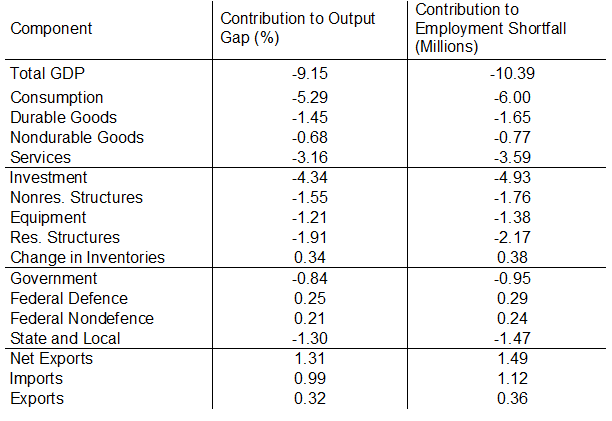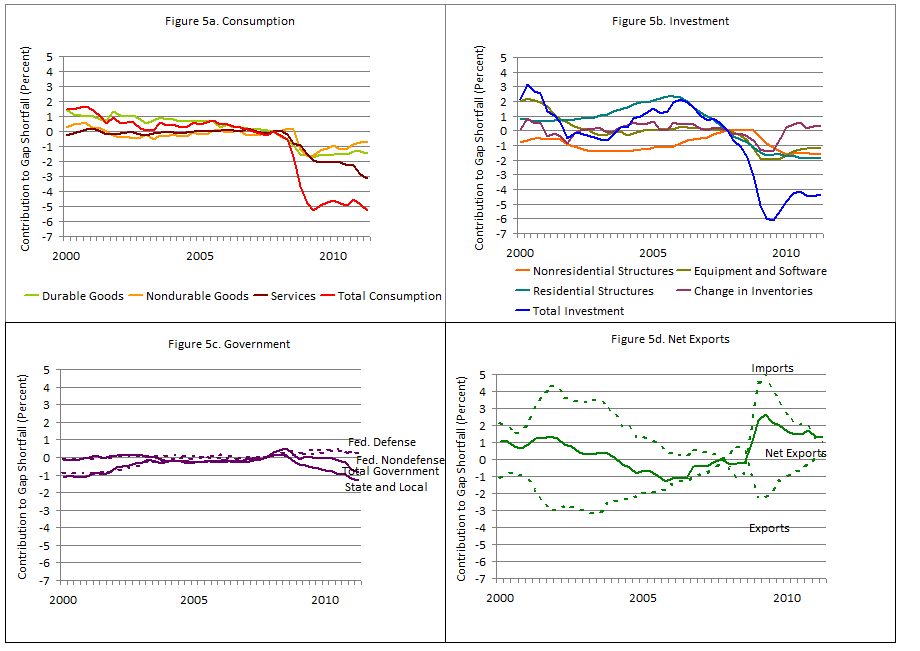Posted: 28 Aug 2011 02:15 AM PDT
By Matt Stoller, a fellow at the Roosevelt Institute. He is the former Senior Policy Advisor to Rep. Alan Grayson. You can reach him at stoller (at) gmail.com or follow him on Twitter at @matthewstollerA lot of people have asked why New York Attorney General Eric Schneiderman is going after the banks as aggressively as he is. It’s almost unbelievable that one lone elected official, who happens to have powerful legal tools at his disposal, is doing something that no one with any serious degree of power has done. So what is the secret? What kind of machinations is he undertaking that no one else has been able to do?
I’ve known Schneiderman for a few years, back when he was a state Senator working to reform the Rockefeller drug laws. And my answer to this question is pretty simple. He wants to. That’s it. Eric Schneiderman is investigating the banks because he thinks it’s the right thing to do. So he’s doing it. This guy has thought about his politics. He wrote an article about how he sees politics in 2008 in the Nation, and in his inaugural speech as NY AG he talked about the need to restore faith in both public and private institutions. Free will still counts for something, apparently.
In all the absurdly stupid punditry, the simple application of free will to our elected officials goes missing. Yeah, Obama got money from Wall Street. But Obama is choosing to pursue a policy of foreclosures and bank bailouts not because of any grand corporate scheme. He just wants to. He thinks it’s the right thing to do, and he’s doing it. If you don’t think it’s the right thing to do, then you shouldn’t be disappointed in him any more than you might have been disappointed in Bush. Obama is not trying to do the opposite of what he’s doing, he’s not repeatedly suckered by Republicans, and he isn’t naive or stupid. Obama is simply doing what he thinks is right. So is Eric Schneiderman. So is Tom Miller. So are any number of elected officials out there.
In positions of power, the best expression I heard is that “up there the air is thin”. That is, you have enormous latitude, if you want to use it. Power can be wielded creatively and effectively on behalf of whatever it is the wielder wants. Now of course there are constraints, plenty of them. Smart politicians spend their time working to maximize the constraints they want to impose and weakening the ones they want to overcome. But the basic Reaganite liberal argument defending supplication towards Obama these days is that Obama is “disappointing”. In this line of thought, powerful corporate interests and Republicans are preventing him from enacting what his real agenda would be were he unfettered by this mean machine. Eric Schneiderman, who is in a far less powerful position as New York Attorney General, shows that this is utter hogwash. Obama is who he is, and anyone who thinks otherwise is selling something.
The banking system is really at the heart of our politics, which is why it’s such a great test of one’s political theory of change. I’ve been following the foreclosure fraud story for a few years now, because it’s the tail end of a massive economy-wide fraud scheme that started as early as 2003. The securitization chain failure can’t be put back in the bottle, the housing system it collapsed is simply too big to bail. So elites keep trying to patch this up the way they have everything else. It isn’t working. And their scheme has been obvious and obviously dishonest. Along with Obama (who I criticized as empty as early as 2004, ratcheting this up to dishonest and authoritarian by 2006-2007), I pointed out that Iowa Attorney General Tom Miller was engaged in serious bad faith only a few months after the negotiations started.
I’m no genius, I just listened to what these people actually said and did. Obama mocks the idea that he is an honest politician, overtly, lying about NAFTA and FISA very early on in power. Miller lied to activists about being willing to put bankers in jail, and then said he was negotiating with banks in secret. It was overt. For Miller, as with Obama, few people really picked up on the lies until recently. Iowa activists who heckled Miller got it, as did Naked Capitalism readers. Now it’s becoming more and more obvious. That’s just how it is, I suppose, people in the establishment are paid to not notice corruption until the harsh glare is too bright.
The crazy thing is that robosigning is apparently still going on. Right now, the “settlement” talks are the equivalent of law enforcement negotiating with a serial killer over whether he’ll get a parking ticket, even as he continually sprays bullets into the neighborhood. Even having these “settlement” talks when the actual crimes haven’t been investigated or a complaint hasn’t been registered should be example enough that this process is rigged as badly as Dodd-Frank. It should not be a surprise that the administration is putting pressure on Eric Schneiderman, that Tom Miller is kicking him out of the club house. That’s who these people are. It’s what they believe in. Just as it should not be a surprise, though it is laudable, that Schneiderman isn’t knuckling under to the administration. I suspect he probably is laughing at the idiocy of Miller’s pressure tactic. I mean, this is a guy going up some of the most powerful entities in the United States: Bank of New York Mellon, Bank of America, the New York Fed, etc. And the Iowa Attorney General isn’t going let him on conference calls? Mmmkay.
When you look closely at most significant areas of government, it becomes clear that the President and his administration are enormously powerful actors who get a lot done. Handing over our national wealth to the banks and to China is not nothing. These people are reorganizing the economy and the political system so that there are no constraints on the oligarchical interests that fund and pay them. That is their goal, it has been their goal from day one (or even before that), and anyone who says otherwise is just wrong or deluding him or herself. Obama spoke at the founding of Robert Rubin’s Hamilton Institute, and his first, and most important by far policy initiative, was his whipping for TARP, a policy that was signed by Bush but could not have passed without Obama getting his party in line. That was his goal, and he’s still pursuing it. The numerous “what happened to Obama” wailing editorials overlook the consistency of his policy agenda, which stretches back years at this point.
If someone worked or works for the Obama administration, or the Department of Justice, or any other executive branch agency, they need to remember their service as a mark of shame for the rest of their lives. Remembering how they participated in this example of how to govern is literally the least they could do for the damage they have caused. I would leave out the small number of people who are there to overtly prevent as much damage as possible, and those who resign or are fired in protest.
For the rest of the Democratic Party, well, reality is just beginning to intrude into the fantasy-land of partisans, even though the 2010 loss should have delivered a searing wake-up call to the failure Obama’s policy agenda. From 2006-2008, the Bush administration’s failures crashed down upon conservatives, and they in many ways could not cope. But their intellectual collapse was bailed out by Obama. Faux liberals are seeing their grand experiment in tatters, though right now they can only admit to feeling disappointed because the recognition that they have been swindled is far too painful. And the recognition for many of the professionals is even more difficult, because they must recognize that they have helped swindle many others and acknowledge the debt they have incurred to their victims. The signs of coming betrayal were there, but in the end it all comes down to judging people based on what they do and who they choose as opponents. And this Democratic partisans did not do, choosing instead a comfortable delusional fantasy-land where foreclosures don’t matter and theft enabled by Obama (and Clinton before him) doesn’t matter.
Eric Schneiderman’s willingness to go after the banks and stand up to the corruption of the Bush and Obama administrations should be a reminder to all of us of this. We have free will. He is doing the right thing for no other reason than because he wants to, because he believes in it. He is going to face serious consequences for this, very nasty stuff. Eliot Spitzer was taken down and his name dragged through mud because of who he took on. Paying ugly costs for standing up is routine, unfortunately, in modern America. And the least powerful among us face far worse consequences than politicians who are embarrassed. But integrity exists, and Schneiderman is showing that free will can be exercised in its service. This fact is true of many people, not just Schneiderman; Bill McKibbin, Jane Hamsher, Dan Choi and others just got arrested in front of the White House to register dissent. So next time someone tells you that you have no choice but to support one of the two branches of the banking party, just remember, you also have free will. And the only person who can take that away from you, is you.




















